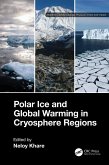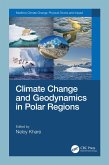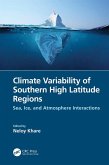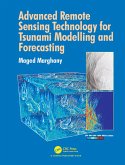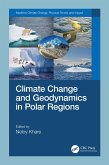Features
- Presents a thorough review on climate variability over the Southern Ocean and Antarctica, and the impact of climate variability and global warming on cryosphere regions
- Explains how the inferred climatological environmental conditions using natural archives may shed light on climate scenarios in cryosphere regions
- Includes case studies on globally connected geoscientific phenomena in the Himalayan, Arctic, and Antarctic regions
- Discusses the use of natural archives to explain the current climate scenario in the cryosphere regions
Intended for researchers, academics, and graduate students following oceanography, meteorology, or environmental studies, and those working on projects related to climate change in governmental organizations, institutions, and global NGOs, this book outlines ways in which readers can initiate plans and policies to help mitigate the effects of global warming in these regions.
Dieser Download kann aus rechtlichen Gründen nur mit Rechnungsadresse in A, B, BG, CY, CZ, D, DK, EW, E, FIN, F, GR, HR, H, IRL, I, LT, L, LR, M, NL, PL, P, R, S, SLO, SK ausgeliefert werden.



